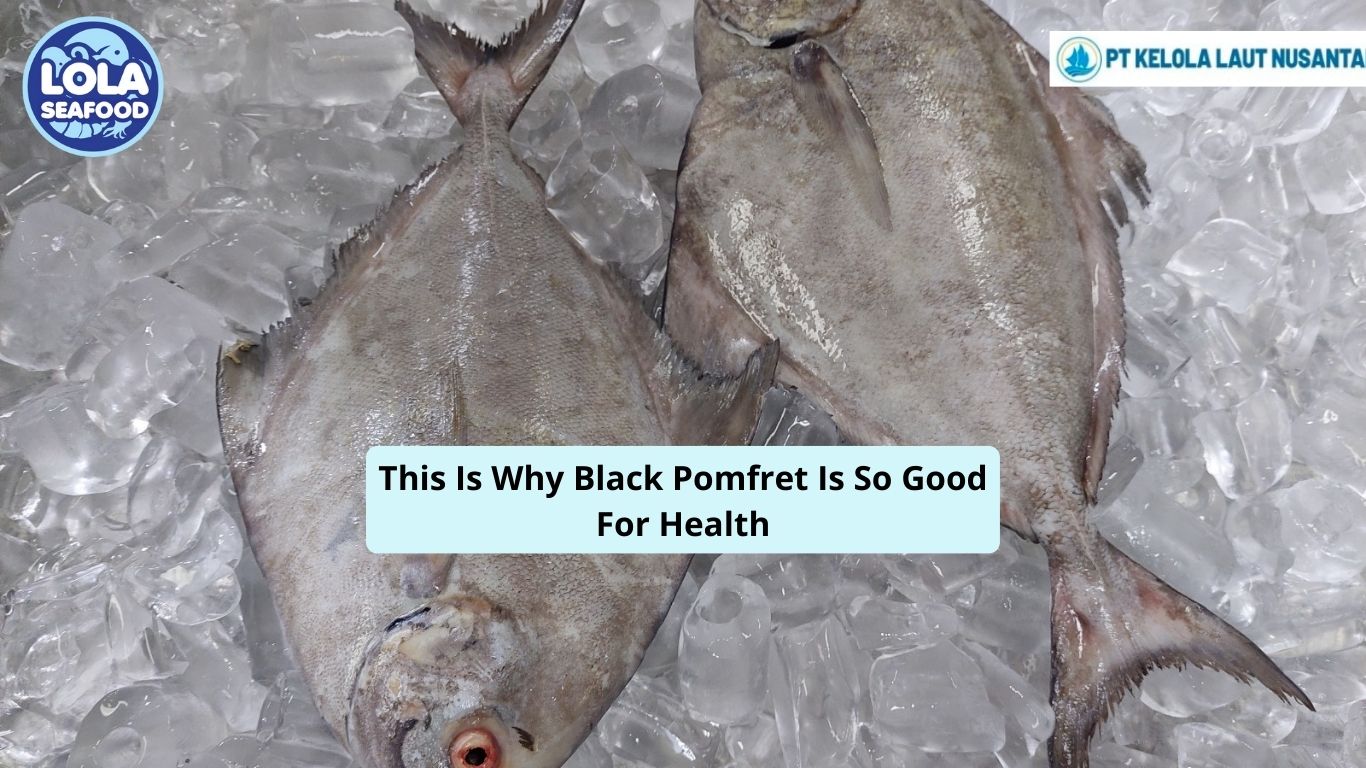Why Choose Sea or Air Cargo as Transportation
By. Wiwik Rasmini - 12 Dec 2024
kelolalaut.com Fish products, such as fresh, frozen, or processed fish, require efficient and timely shipping to maintain their quality. Sea and air transportation are the primary modes used, depending on the destination, type of product, and delivery time requirements. This article discusses the transportation of fish products, including the procedures involved.
I. Transportation by Sea
Sea transportation is the main choice for shipping large volumes, whether for export or domestic distribution.
Advantages of Sea Transportation
- Large Capacity: Cargo ships can carry significant amounts of products using refrigerated containers (reefers).
- Cost-Effective: Sea shipping is more affordable compared to air transport.
- Wide Coverage: Ships can reach many countries and major domestic ports.
Procedures for Sea Shipping
- Product Preparation
- Ensure the products are packaged according to standards, such as using styrofoam with dry ice for fresh products or refrigerated containers for frozen products.
- Sanitation and quality certificates must be prepared.
- Booking a Ship
- Contact a shipping company to book container slots.
- Choose reefer services if temperature control is needed.
- Documentation
- Documents required for export include:
- Delivery note.
- Invoice and packing list.
- Fish health certificate.
- Export permits from relevant authorities.
- Documents required for export include:
- Delivery to the Port
- Products are transported to the port and loaded into refrigerated containers.
- Customs clearance is conducted before shipment.
- Transport and Tracking
- The ship sails to the destination port.
- Use tracking systems to monitor the cargo’s location.
II. Transportation by AIr
Air transportation is ideal for high-value products or those requiring fast delivery, such as fresh fish and live lobsters.
Advantages of Air Transportation
- High Speed: Enables delivery within hours or a few days.
- Maintained Quality: Suitable for products with a short shelf life.
- Global Network: Airports are widely distributed, allowing access to remote areas.
Procedures for Air Shipping
- Product Preparation
- Products are packed in cool boxes with gel ice or dry ice to maintain temperature.
- Ensure the packaging is leak-proof and secure.
- Flight Booking
- Contact an airline or logistics agent to book cargo space.
- Ensure the cargo service supports temperature-controlled shipping
- Documentation
- Key documents include:
- Invoice and packing list.
- Fish health certificate.
- Export permits and other required documents.
- Key documents include:
- Delivery to the Airport
- Products are sent to the airport cargo terminal.
- Customs clearance is completed before loading onto the aircraft.
- Transport and Tracking
- Products are flown to the destination.
- Use tracking services to monitor the shipment.
III. Challenges and Solutions in Fish Product Shipping
Challenges
- Dependence on Cold Chain Temperature control is crucial to prevent product spoilage.
- High Logistics Costs Air transport is expensive, while sea transport takes longer.
- Complex Documentation Managing permits and export documents can be time-consuming and costly.
Solutions
- Developing port and airport infrastructure.
- Implementing tracking technology for greater transparency.
- Providing incentives or subsidies for fish product exporters.
If you are interested in our barramundi fillet skinless, emperor fillet skin on and emperor fillet skinless please do not hesitate to contact us through email and/or whatsapp
 (2).png)




.jpg)

